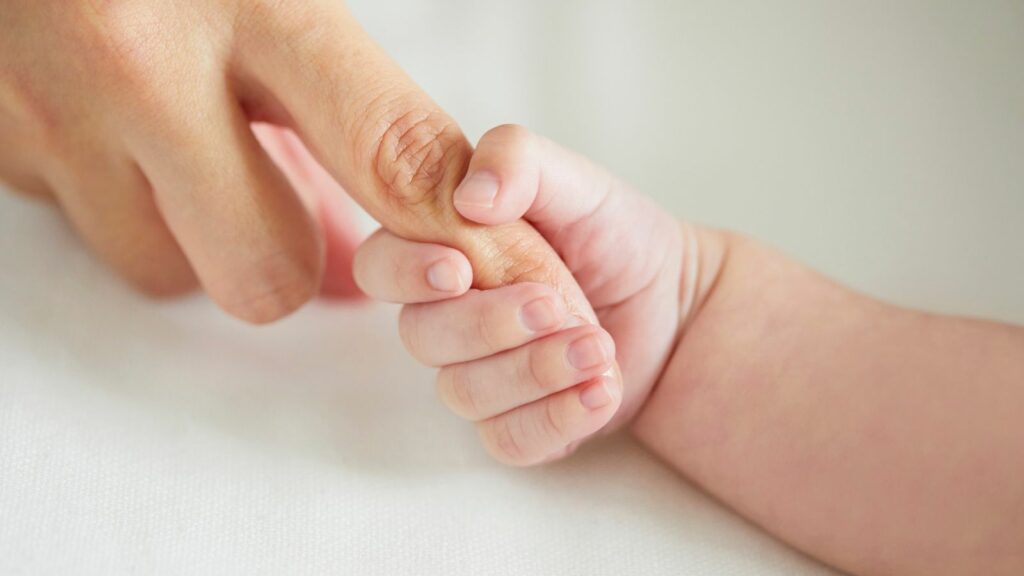Research from the National Center for Biotechnology Information (NCBI) highlights that nearly 4,500 children in the U.S. die in hospitals each year due to medical errors. Studies published in PMC and the Pharmaceutical Journal also show that between 14% and 31% of pediatric medication errors result in harm or death, and prescribing mistakes affect roughly 13% of pediatric prescriptions.
When your child is harmed by a suspected medical error, you enter an unimaginable world of grief, confusion, and anger. The questions feel endless, and the path forward is anything but clear. You are not just processing a medical diagnosis; you are grappling with the feeling that this outcome was preventable, that your trust was broken, and that your child’s future has been unfairly altered.
The path forward can seem foggy and overwhelming, filled with legal questions you never thought you’d have to ask. Understanding your rights and the steps involved is the first move toward clarity and justice. Before navigating it all alone, getting guidance from a compassionate medical malpractice lawyer in Allentown can help you make sense of the process, support you through complex medical and legal details, and ensure your case is handled with care every step of the way.
Key Takeaways
- A medical malpractice case requires proving that a healthcare professional’s negligence—their failure to provide the accepted standard of care—directly caused your child’s injury.
- Taking immediate action is vital. Prioritize your child’s medical care, document every detail, request all medical records, and consult an attorney promptly due to strict legal deadlines.
- The legal process is a structured journey involving investigation, expert review, and negotiation. While it can be complex, it is designed to find answers and secure essential resources for your child’s long-term care, with most cases resolving through settlement.
- An experienced legal team does more than file a lawsuit; they connect your family with medical and emotional support resources, allowing you to focus on your child’s healing.
Understanding Medical Malpractice: When a Medical Error Causes Harm
In the simplest terms, medical malpractice occurs when a doctor, nurse, hospital, or other healthcare professional fails to provide the accepted standard of care, and that failure directly causes injury or harm to a patient. For families, this often relates to a birth injury or an error in pediatric care where a preventable mistake leads to a devastating outcome.
Decades of experience are often required to accurately assess if a medical error occurred and caused a child’s injury. To build a strong claim, a legal team must prove four key elements.
The 4 Elements of a Claim (Simplified):
- Duty: A professional relationship existed, meaning the medical provider had an obligation to provide competent care to your child. This is usually established by showing your child was their patient.
- Breach: The provider failed to meet the accepted “standard of care.” This means they did not act as a reasonably competent professional with similar training would have under the same circumstances.
- Causation: This specific failure, or breach of duty, was the direct cause of your child’s injury. It’s not enough that a mistake was made; that mistake must be the reason for the harm.
- Damages: The injury resulted in specific, measurable harms. These can include medical expenses, the need for future care, physical pain, emotional suffering, and the loss of a normal life.
Your First Five Steps: What to Do Immediately
In the chaotic aftermath of a child’s injury, it’s easy to feel powerless. Taking these five steps can help you protect your child’s future and preserve your family’s legal options. Think of this as a practical checklist to help you regain a sense of control.
1. Focus on Your Child’s Medical Needs
Your child’s health and well-being are the absolute top priority. Seek second opinions, consult with specialists, and ensure they are receiving the best possible ongoing medical care. A strong legal case is built on a foundation of proactive medical treatment.
2. Document Everything
Start a journal and write down everything you can remember about the delivery, diagnosis, and subsequent treatments. Keep a detailed log of your child’s symptoms, all medical appointments, conversations with doctors, and the emotional and financial impact on your family. Save every email, bill, and letter.
3. Request All Medical Records

You have a right to your child’s medical records. Contact the hospital and all involved providers to request complete copies as soon as possible. These documents are the primary evidence in any potential medical malpractice case.
4. Be Cautious with Hospital Representatives
After an unexpected negative outcome, a hospital’s risk management department may contact you. It is wise to avoid signing any documents, giving recorded statements, or discussing fault with hospital staff or their insurance adjusters until you have spoken with an attorney.
5. Be Aware of the Clock (The Statute of Limitations)
Every state has strict deadlines for filing a lawsuit, known as the statute of limitations. In Pennsylvania, for most claims, this deadline is generally two years from the date the injury occurred or was discovered. Because of this time limit, it is essential to seek legal guidance quickly to ensure your rights are protected.
The Medical Malpractice Lawsuit Journey: A Step-by-Step Guide
The idea of a lawsuit can be intimidating, but it is a structured process designed to uncover the truth and secure justice for your family. Here is a simplified roadmap of what you can expect.
Step 1: The Free, Confidential Consultation
Your journey begins with an initial meeting with an attorney. This is a safe space for you to share your story, ask questions, and learn about your legal options. It comes at no cost or obligation to you.
Step 2: Thorough Investigation and Expert Review
If you decide to move forward, your legal team will gather all medical records, interview witnesses, and conduct a deep investigation. Critically, they will consult with independent medical experts who will review the records to determine if the standard of care was breached and if that breach caused the injury.
Step 3: Filing the Claim
Once the investigation and expert review confirm that negligence occurred, your attorney will formally file a medical malpractice lawsuit on your behalf. This officially begins the legal proceedings.
Step 4: The Discovery Process
This is the longest phase of the lawsuit. Both sides exchange evidence, share documents, and gather facts. This often includes depositions, which are formal, out-of-court interviews where witnesses answer questions under oath.
Step 5: Settlement or Trial
It is an observed industry trend that the vast majority of medical malpractice cases—around 90%—are resolved through out-of-court settlements. Negotiation allows both sides to agree on a resolution, which can provide faster closure and certainty for your family. If a fair settlement cannot be reached, your legal team will be prepared to take your case to trial.
Justice for Your Child: Understanding Compensation and Care
It’s important to understand that compensation is not a “win” or a “prize.” It is a vital resource intended to provide your child with the financial security they need for a lifetime of care. The funds secured in a medical malpractice case are meant to ensure their well-being, cover immense medical needs, and improve their quality of life.
Damages typically fall into two categories:
- Economic Damages: These cover tangible, calculable financial losses, including past and future medical bills, costs for physical, occupational, and speech therapy, adaptive equipment, specialized schooling, and the child’s potential loss of future earning capacity.
- Non-Economic Damages: These address the profound, intangible losses that have no price tag. This includes compensation for the child’s physical pain and suffering, emotional distress, loss of enjoyment of life, and permanent disfigurement or disability.
Any settlement or award is legally designated for the child’s benefit. These funds are typically placed into a structured settlement or a special needs trust, ensuring they are managed responsibly and are available to cover your child’s needs for the rest of their life.
Your Questions Answered: A Parent’s FAQ
Navigating this process brings up many practical and emotional questions. Here are clear answers to some of the most common concerns parents have.
How much does it cost to hire a medical malpractice lawyer?
Most reputable child injury law firms work on a contingency fee basis. This means you pay no upfront costs or fees. The law firm covers all the expenses of investigating and pursuing the case. You only pay a legal fee if and when they successfully recover compensation for you. Simply put: you don’t pay unless we win.
How long will the process take?
Medical malpractice cases are complex and require a thorough investigation. Depending on the specifics of your case, the process can take many months or even a few years to resolve. A dedicated legal team will manage the timeline and keep you informed every step of the way.
Will my child have to testify in court?
This is a common fear for parents, but in most birth injury and pediatric malpractice cases, children do not need to testify. Attorneys build the case primarily on medical records, the testimony of medical experts, and the accounts of parents and guardians.
Beyond the Lawsuit: Finding Holistic Support for Your Family
The legal journey is only one part of the immense challenge your family is facing. The emotional, physical, and financial strain can be overwhelming. A truly compassionate law firm understands that its role extends beyond the courtroom. The goal is not just to secure a financial settlement but to help your family access the best medical care, achieve long-term financial stability, and find a sense of peace.
This means working with a team that can connect you with the right resources. For families in Allentown and Lehigh County, this could involve helping you navigate LVHN’s pediatric rehabilitation services to ensure your child receives the comprehensive physical, occupational, and speech therapies they need to thrive. It’s about being a partner in your child’s recovery and your family’s well-being.



